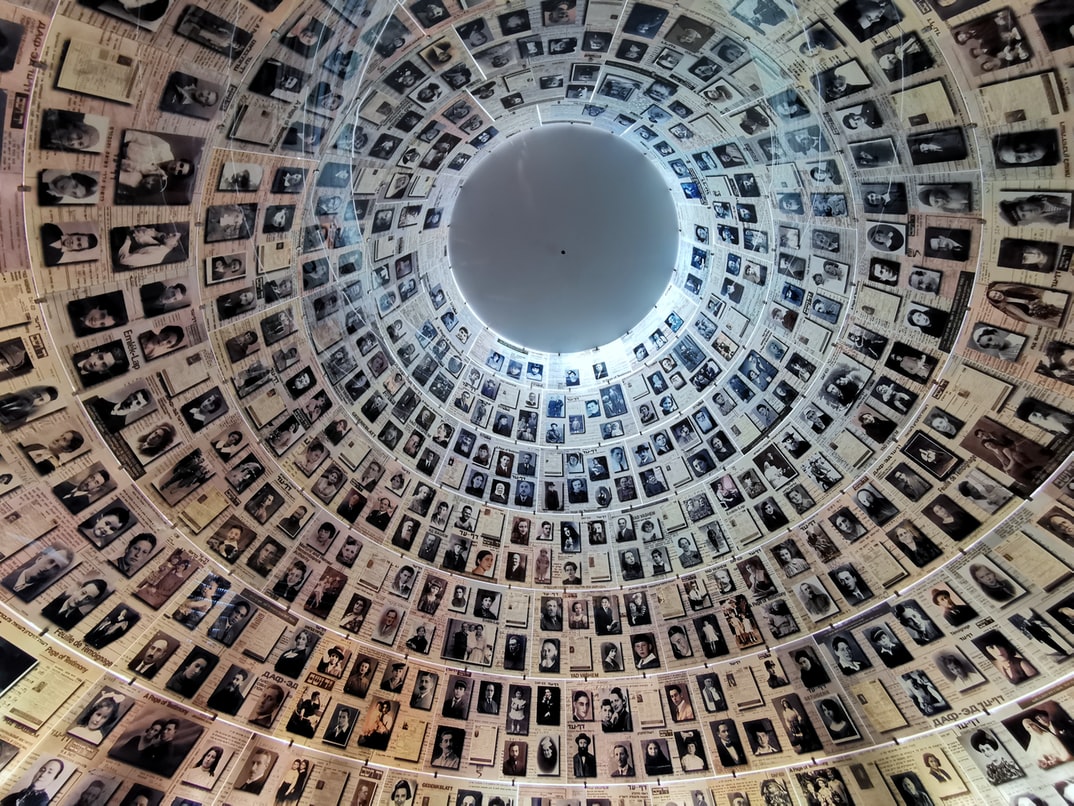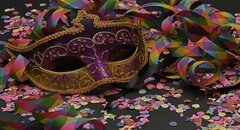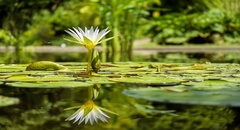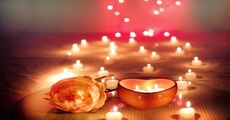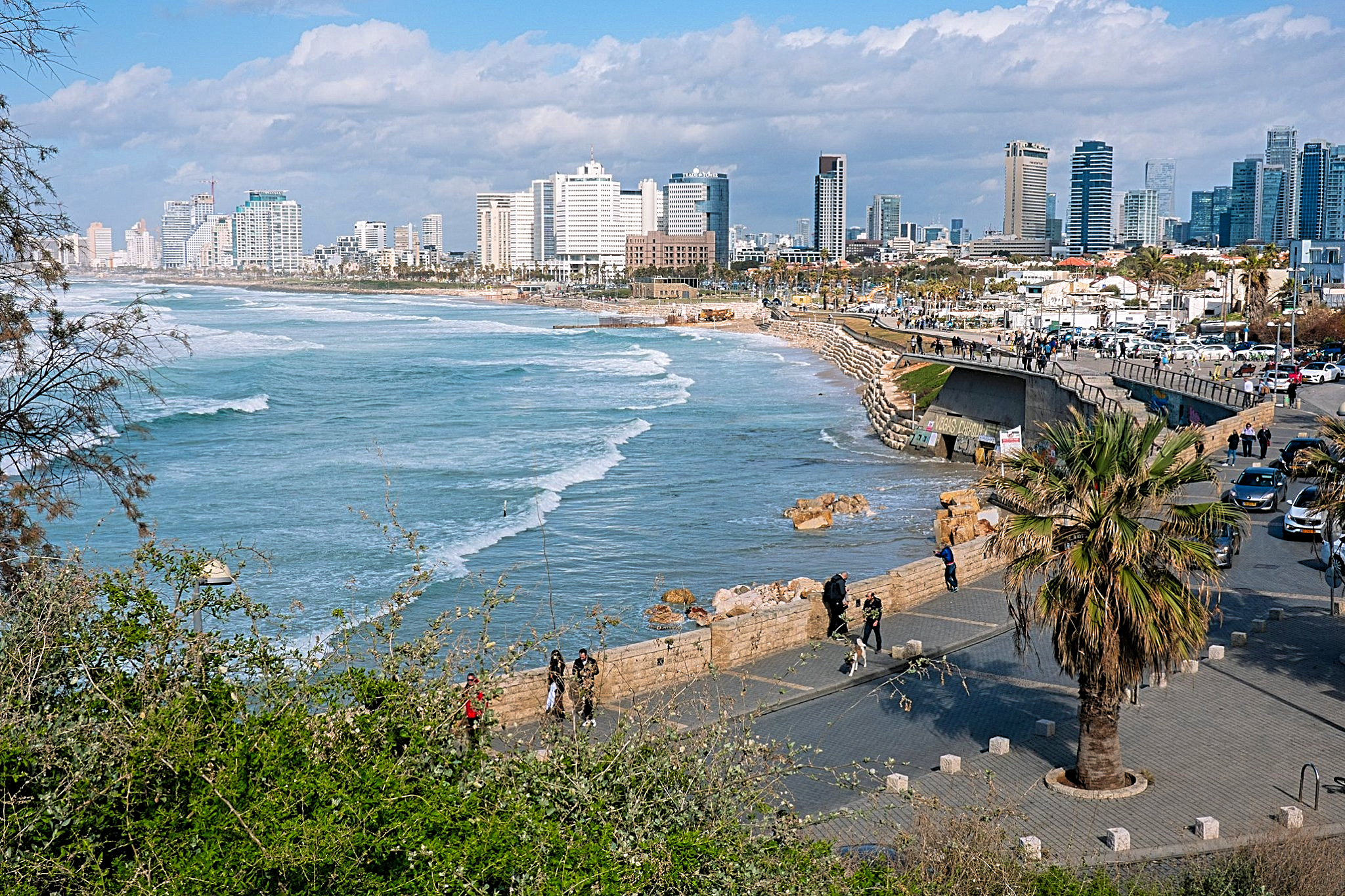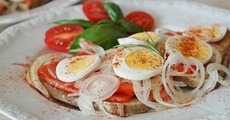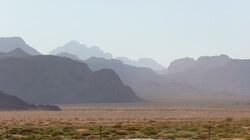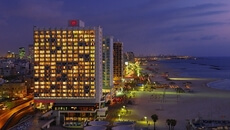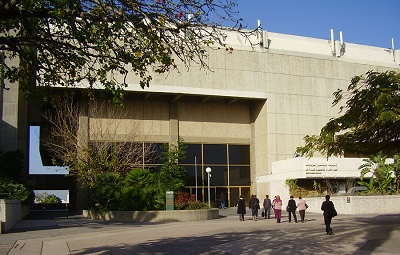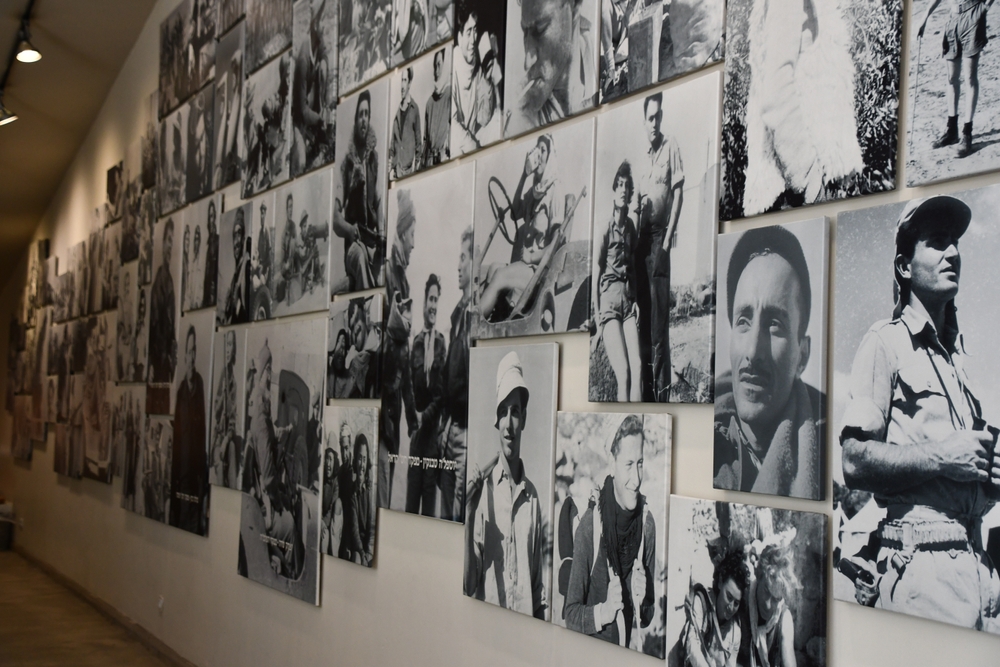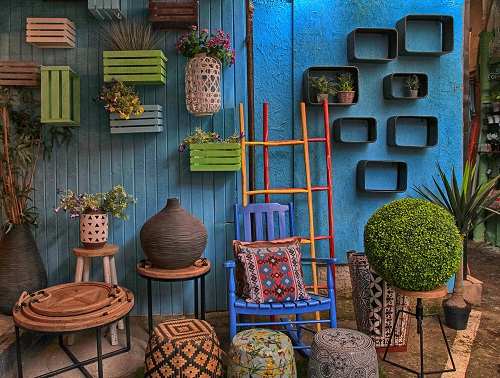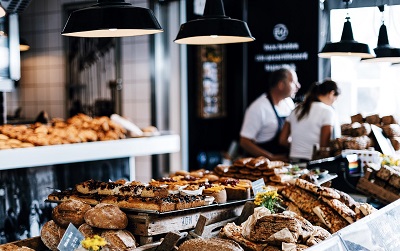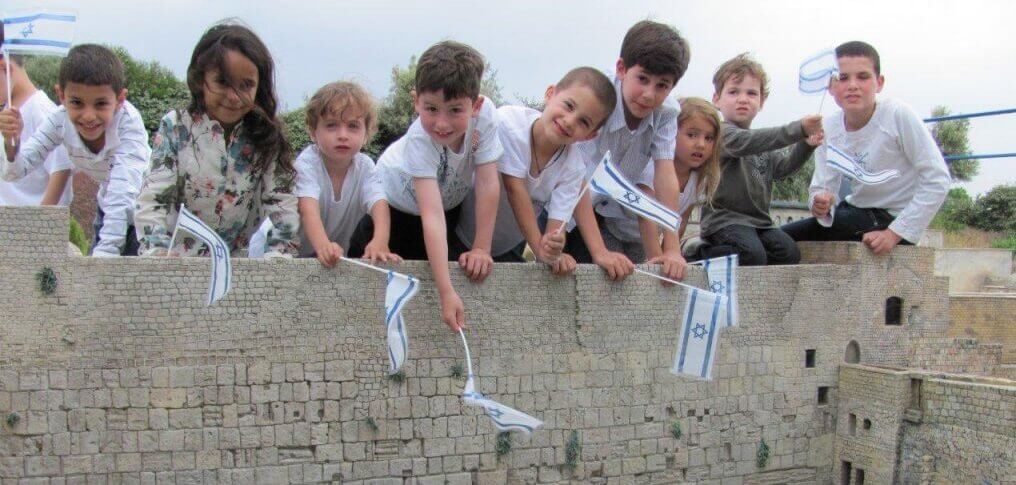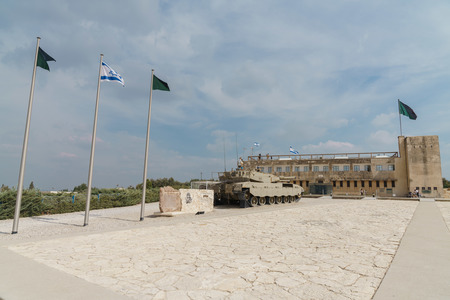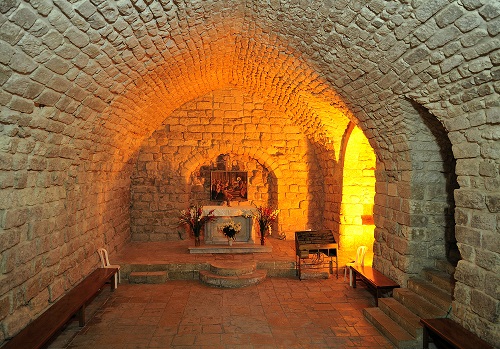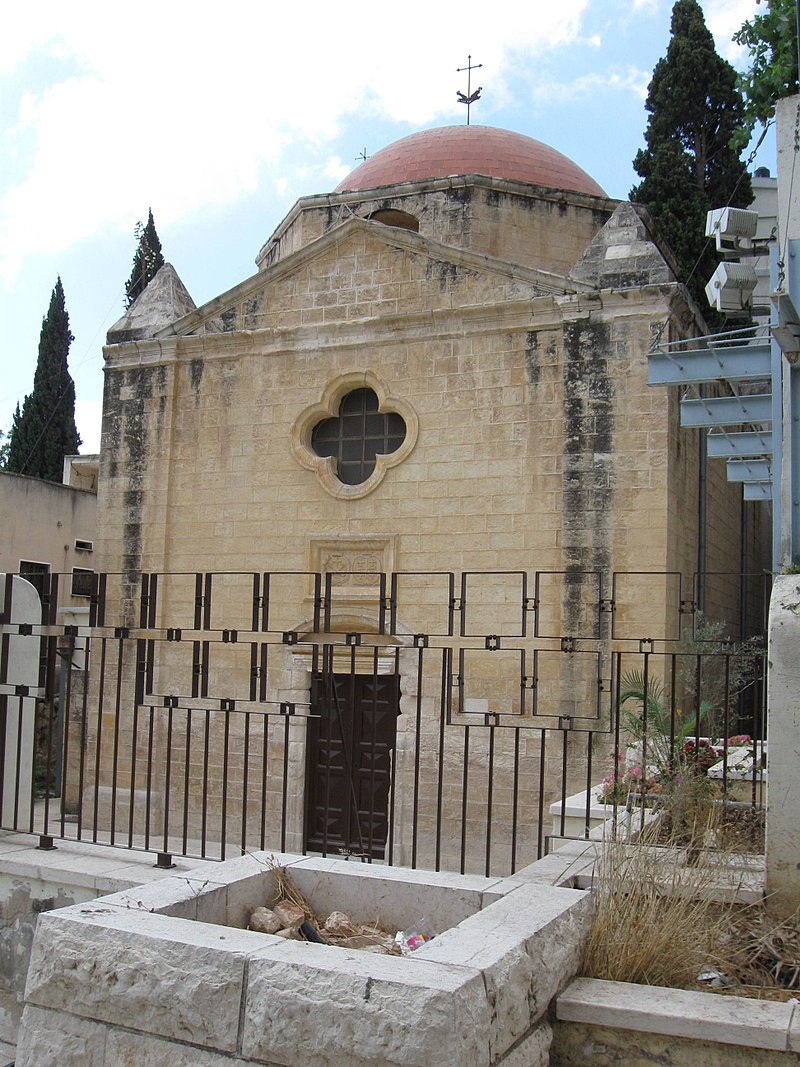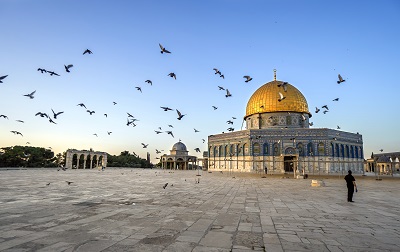Jaffa Flea Market
Plan Your VisitOpen Times:Stalls and stores are open Sunday to Thursday from 09:00 to 17:00, and Friday from 09:00 to 14:00. The flea market is closed on Saturdays. Bars and restaurantsare open Sunday to Friday from 11:00 to 03:00 and Saturdays from 12:00 to 02:00.Prices:Entrance to the market is free.Average Visit Duration:At least one hour and probably a lot longer.Popular Times:Midday is probably best when the stalls are up and running, and not winding down for the day.Pro Tip: Fridays are the busiest day and probably best avoided. Saturdays, although officially closed, is still a busy time in the market because of eateries, and some stores that remain open.Special Events:Occasionally there are foodie events in the market, especially during the Israeli summer. During Christmas in Israel, there are decorations and special happenings on the market streets.Relevant Tours:Every Jaffa walking tourwill take you there. Many visitors chose more comprehensive Tel Aviv tours to enjoy more of the attractions in Jaffa.The Jaffa Flea Market (Shuk HaPishpeshim in Hebrew) is one of thebest markets in Tel Aviv; it's unique, unlike any other market in Israel offering a combination of old and new, junk and antiques as well as a huge variety of goods.
Judaica in the Jaffa Flea MarketRather than being a designated marketwithin one building or on one plot of land, the market is spread out over an entire neighborhood, with a network of lanes and streets, some pedestrian only and others can be accessed by vehicles. There are narrow covered lanes, regular stores, up-scale boutiques, and antique/junk shops that spill onto the street. It is also a place for foodies, and you’ll do about as much eating as shoppingin this market. You can enjoy restaurants all around it, or just grabsome of thestreet food in Israel.If you’re just looking for good Instagram shots of people with local “character” this is the place.Pro Tip:If you fall in love with the market and want to linger, stay at the Market House Hotel, a simple quality hotel in the heart of the Jaffa Flea Market. Or, you could opt for the Old Jaffa House, a hostel in a charming restored historical building.History of Jaffa Flea Market People have been gathering here to sell their wares for over 2,000 years, with ships arriving at Jaffa Port with goods to sell, and locals needing to buy foodand household necessities. But the roots of the market we have today can be traced back to the Ottoman era. In the early 1900s, the region was ruled by the Turkish Ottoman Empire, and Jaffa was a major trading port city. There was a Turkish market near the port, and a Greek Market selling to visiting pilgrims and tradesmen.Home decor in the flea marketThe market used to be in the area surrounding the Clock Tower, but the Ottomans had the market moved to make way for the construction of their government administration building, Soraya. During the British Mandate, from 1920 to 1948, the market was established in its present form and has been operating in the same place for over 100 years.Jaffa Shuk Hapishpeshim underwent renovations in 2001, and the area was somewhat gentrified. During the renovations, the Amiad Center was established as a hub for exhibitions, fairs, and shows. A covered area was built for vendors without permanent stores so that they could bring their wares and display them on make-shift stalls and even spread blankets on the ground to display their goods. In more recent years, trendy boutiques, galleries, and artists' studios as well as eateries and bars began to pop up.Where is Jaffa Flea Market?Take a short walk past the Old Clock Tower on Jaffa’s main street, and turn left (southeast) down Beit Eshel Street. The market is spread out along the streets and lanes to the right of Beit Eshel Street. You’ll find the main market stalls along Olei Tzion Street, Yehuda Margoza Street, Amiad Street, and Beit Eshel Street.A nice cafe in the market area Pro Tip: You can park on the adjacent streets wherever you see blue and white striped markings on the curb. Download the Pango app. To pay for the street parking.You might be disappointed if you only find one section of the flea market, so you need to explore. There are several distinct sections, and areas, as well as parts of the market that specialize in particular goods. Pro Tip: Looking for good Insta-shots and the quirkiest stores, start at Olei Zion Street (or Oley Tsion).The Main Areas of the MarketThe market has three main areas, all within easy walking distance and offering a slightly different atmosphere and variety of goods.Two covered inner streets for pedestrians only, an eclectic mix of memorabilia and second-hand goods.An open lot (Amiad Market) where goods are spread out on the ground under an awning.The Olei Zion pedestrian street is where you’ll find the more established stores, restaurants, and cafes including antiques, handicrafts, and furniture.Pro Tip: The market has excellent graffiti art that you’ll encounter as you explore the lanes and streets.What to Buy in Jaffa Flea Market?This is the type of market where people talk about having everything plus the kitchen sink - because you literally could buy a kitchen sink here! From knickknacks, and Judaica, to real antiques, and junk, Jaffa Shuk Hapishpeshim has it all. Antiquities in the Flea MarketPersian rugs, ceramics, jewelry, second-hand clothing, designer goods, and electrical gadgets. It is a great place to pick up leather goods, and copper items. Collectors will love the array of Soviet memorabilia, as well as rare coins, books, stamps, and furniture. Remember to bargain and to search inside the stores to see goods that are cheaper and hidden from the passersby. Pro Tip: If you’re wondering if the market area is safe, yes it is!Here are a few of the most iconic stores in the Jaffa Flea Market:Palestina Eretz Israel, Olei Zion Street - For about 30 years this cramped antique store has collected a wide array of nostalgic items that take you on a journey through the history of Eretz Israel. See old and new items such as military gear, light fittings, postcards, posters, frames, railings, radios, and even a motorbike with a sidecar.Taos, Olei Zion Street - Probably best described as a kitsch antique shop or a haven of Americana such as life-size figures of Hollywood stars, furniture, candlesticks, posters, and plastic flowers.Risos, Olei Zion Street - Kitschy home decor goods, garden gnomes, bookends, bread bins, mirrors, furniture, and plastic items.Love Me Two Times - A second-hand store with a selection of quality designer clothing and shoes from well-known brands such as Prada and Valentino.Halleluyah, Olei Zion Street - this store sells musical instruments with everything from an Australian didgeridoo to a Thai wooden frog and a Middle Eastern darbuka to a European harp.Aki, Rabbi Yochanan Street - This antique store has a wide range of authentic items, from tricycles and light fittings to radios and hat boxes.Mansur Carpets, Olei Zion Street - See the Persian carpets spread out on the sidewalk, and hanging from every wall.Renaissance, Olei Zion Street - This antique store has the strangest decorative arts, ceramics, artwork, light fixtures, African wooden carvings, and antiques.Where to Eat at Jaffa Shuk HaPishpeshimIn the last few years, Jaffa’s flea market has gained a reputation as a foodie destination. Excellent restaurants have popped up in the market alleyways and surrounding the market.Try the local street food, it's almost addictive!Some of the Shuk Hapishpeshim restaurants and bars stay open during the day and others open only in the evening.Pro Tip: Don’t miss one of the fresh juices sold on several street corners.Leimech - A restaurant bar with Thai beer on tap, and Middle Eastern classics.Yasso Saloniki - An iconic Greek restaurant.Italkia ba-Pish Pishim - an Italian trattoria, popular with locals.Dr. Shakshuka - a timeless classic, specializing in Israeli breakfast.Raisa - Chef Uri Levy, who has worked at Michelin restaurants, offers bistro-style food and cocktails in a hip, industrial-style setting.Cafe Matzliach - A coffee shop with homemade pastries, popular with locals and visitors alike.Falafel Bar - Here you can enjoy the classic Israeli street food at its best.Sifo - Run by Chef Idan Metzner, offering seafood dishes with a Middle Eastern twist.Cafe Puaa - an iconic cafe with the appearance of a retro living room decorated with items from the market.Onza - A vibrant venue open day and night, with a mouthwatering menu of things like lamb cannelloni, and shrimp burgers.Milk Bakery - Sweet, delicious pastries, irresistible breads, cakes, and cookies.Pro Tip: You can buy a Bite Card, which consists of 6 coupons that give you a chance to taste a variety of market foods. The cards are bought on the Shuktlv website and picked up in the market.Afterdark in Jaffa Shuk HapishpeshimWhen the sun goes down the market turns into a lively entertainment hub with restaurants, bars, and clubs. Check out Cuckoo's Nest, a retro bar in an antique store; Casino San Remo, and Margoza Bar.
